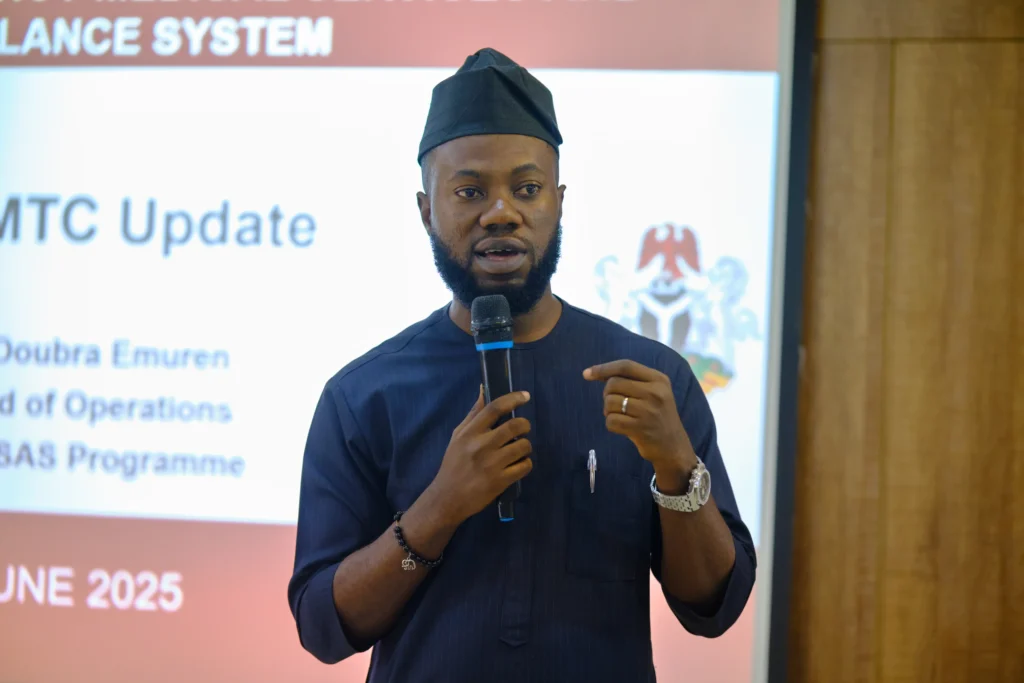
Strengthening the Emergency Medical System: What Can LMS Do?
Authors: Joy Aifuobhokhan, Abdullahi Adegoke
For decades, Nigeria’s maternal and emergency health systems have struggled with fragmented data, limited visibility, and slow response times, especially in rural areas. These challenges have contributed significantly to high maternal and neonatal mortality rates. But a transformation is underway.
Through technical support provided under the BHCPF-MLE project funded by the Gates Foundation, and implemented by Sydani, Nigeria is shifting from outdated, paper-based systems to smarter, digital platforms that are enabling faster decisions and saving lives.
Here’s what’s changing:
- Improved Emergency Response Coordination:
Rural emergency transport systems are now more efficient. Health workers and emergency responders have access to real-time data on maternal emergencies, enabling quicker mobilization and better tracking of ambulance use. This has helped reduce response delays, an essential step toward preventing avoidable maternal deaths. - Greater Data Visibility and Use:
Decision-makers now have access to real-time dashboards showing maternal health trends, gaps in referral systems, and service performance. This has increased accountability and made it easier to direct support to areas that need it most. - Increased Participation of Local Actors:
By strengthening subnational capacity, more state and LGA actors are engaging with data, interpreting trends, and using insights to inform actions on the ground. This has led to more targeted supervision and improved follow-through on maternal referrals. - More Inclusive Emergency Transport Mapping:
A new system to register and track both public and private ambulance providers is helping expand access and streamline emergency service coverage, especially in underserved communities.
In just a few months, these tools have helped lay the foundation for a more responsive and data-driven maternal health system. While the journey is still ongoing, the shift from paper to platform is already reshaping how maternal emergencies are understood and addressed in Nigeria.
With each referral tracked, ambulance deployed, and decision made from real-time data, the vision of a safer maternal health landscape is becoming a reality.

